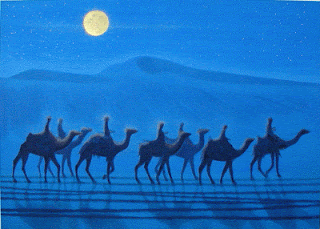School of art (University of Tsukuba)
First, I introduce educational aim. We study technologies, materials and fundamental knowledge to be an expert. And we also deepen one’s knowledge and develop expressive sensitivity and power of expression based on high originality. Experts who can contribute in the future are brought up in this class. These are educational aim of this art class.
Next, I introduce curriculums of school.
School curriculum
●Freshman
 They study a point of view based on Japanese painting. And they study fundamental knowledge and handling of Japanese painting trough practices and lectures.
They study a point of view based on Japanese painting. And they study fundamental knowledge and handling of Japanese painting trough practices and lectures.●Sophomore
 They pursue a point of view through sketching. And they study fundamental technologies. They also bring up power of expression.
They pursue a point of view through sketching. And they study fundamental technologies. They also bring up power of expression.●Junior
 They study power of description on Japanese painting and technical skill relative to one’s intention of expression. And they bring up power of formation of screen. And they also do classical reproduction and work based on sketch of person.
They study power of description on Japanese painting and technical skill relative to one’s intention of expression. And they bring up power of formation of screen. And they also do classical reproduction and work based on sketch of person.●Senior
 They attempt high grade of special technology through practices and study landscapes, portraits and painting of flower and birds. And they try masterpiece on work for graduation.
They attempt high grade of special technology through practices and study landscapes, portraits and painting of flower and birds. And they try masterpiece on work for graduation.Those are gentle curriculums of school. It takes long times to acquire Japanese painting.
And most people go on to master’s school and doctor’s school. I introduce the curriculums, too.
Master’s program
●first year of master’s program,
They set to work to paint a kind of motifs and portraits based on technical skill. They pursue potential of new expression. And they also do classical reproduction based on silk of picture.
●second year of master’s program
They establish one’s theme and attempt mastering of one’s expression. And they set to work to masterpiece on work of completion.
Doctor’s program
●first, second, third years of doctor’s program
They think necessity of technic and materials and deepen a theme that they have established. And they also try to develop theoretical.
Curriculums of university of tsukuba are formed as study Japanese painting long time.
State of art class
I am freshman. So I introduce state of freshman of art class.
We started by sketch a lily at the first. It is important to observe carefully and catch characteristic of a lily. And to get used to using materials of Japanese painting is more important than anything else.
In the second term, we painted free work for school festival. Each student try to establish one’s theme and use materials of Japanese painting.
And in the third term, we paint landscape of a tree. It is painting now.
We experience materials of Japanese painting everyday.
That is all about state of my art class.
This blog is final on this week. Do you take an interest in Japanese painting? I’m glad you have interest in it. If you have some questions about Japanese painting, please ask me.
See you again!
Source: http://www.geijutsu.tsukuba.ac.jp/school/

.JPG)





























